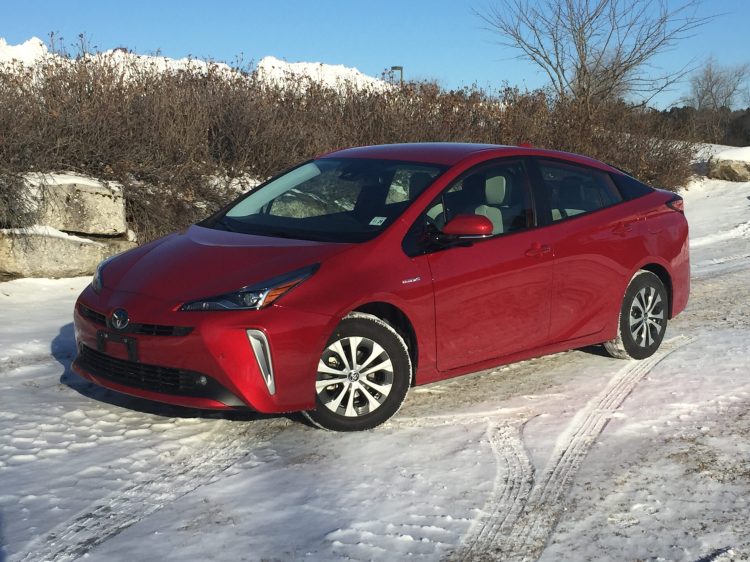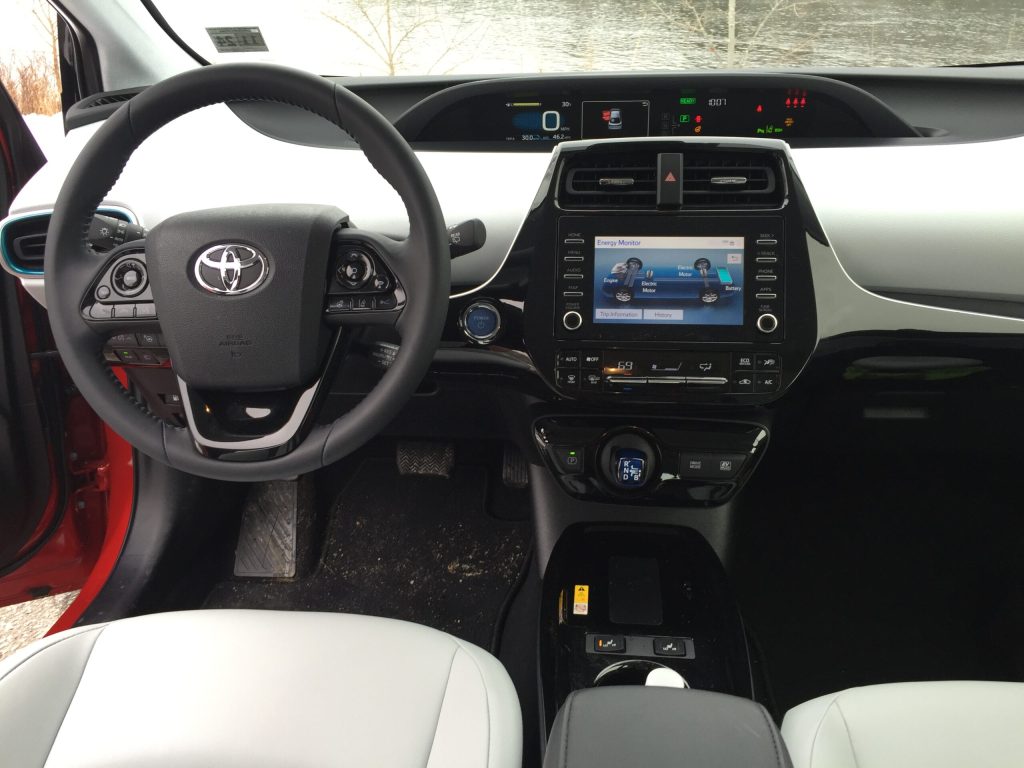Toyota’s Prius is the best-selling hybrid car in the world. Since mass production started in Japan in 1997, Toyota has sold over 7 million Prius models worldwide, in approximately 90 markets. Toyota’s steadfast persistence with this fuel-saving technology has far surpassed every other automaker’s alternative energy systems by a long shot.
However, the evidence suggests several changes are afoot. Prius sales have been declining—a lot. Since peak sales a decade ago of well over 100,000 units annually in the US market, Toyota sold approximately 62,000 Prius models in 2019, a 17% decline from the previous year in a stable market.
Toyota has dropped the smaller Prius ‘C’ and the larger Prius ‘V’ wagon, retaining only the ‘regular’ Prius and the Prius Prime plug-in model, while expanding its hybrid powertrain system to the Corolla (long overdue), the Camry and the Avalon sedans, plus to updated Highlander and RAV4 hybrid models. These additions have syphoned off some Prius sales—for example, the Corolla is the same size as a Prius and less money—while the sales data also tells us that the latest RAV4 hybrid is preferred by more buyers. Over 100,000 units sold last year, 25% of RAV4’s volume.
Critics could be forgiven for asking why Toyota waited so long to expand its hybrid technology’s availability, especially for not offering it in the low fuel-economy Tacoma and Tundra pickup trucks, where they would have had a strong market advantage over their rivals, and for wondering if Toyota might have reached peak market penetration with the Prius’s other-worldly design that might have artificially limited sales expansion. And certainly, the latest push for full EV cars is taking early adopters from their Prius and into Teslas, Leafs, Bolts, etc.
Yet, there is no second-guessing the wisdom of purchasing a hybrid powered vehicle: the Prius works great, it saves gas every day, plus it is now available with a low-speed AWD system.
Now in its fourth generation, with a mild styling re-freshening last year, the Prius has proven to be durable, reliable and thrifty. An extended winter visit delivered a consistent 47-50-mpg (five-mpg less than the multi-screen trip computer reported) while recent creature features like heated leather seating and heated steering wheel made the Prius more livable on brutal cold mornings.
Central to the Prius is the 71-hp electric motor and integrated 1.3-kWh battery pack working with the standard gasoline-powered four-cylinder engine. Like a true EV car, the 120-pound/feet of torque provided by the AC electric motor gives the Prius decent acceleration and snappy in-town driving responses. EPA fuel economy estimates are a healthy 52/48/50-mpg, just a modest drop for the inclusion of the 300-pound AWD-e hardware, which sends power to the rear wheels up to 43-mph. This added traction is accomplished without any connecting driveshafts to the front wheels—a separate motor drives the rear wheels to improve low-speed traction.
But with only five inches of ground clearance and the standard Dunlop Enasave low-rolling resistance tires featured, the Prius AWD-e is a compromised winter traveler. Winter tires would be a huge improvement, and certainly no noisier on the road, yet snow belt drivers are gravitating to the RAV4 Hybrid for good reason.
Base Prius pricing starts at $24,200 for L-eco. LE trim goes to $25,410, while the least expensive LE trimmed AWD-e model is $27,310. There are six trim levels now. Our sampled XLE AWD-e, $31,689, featured auto-levelling adaptive LED headlamps, special Supersonic Red paint, blind-spot monitoring and cross-traffic alert, rear parking assist, plus the standard Toyota Safety Sense umbrella items of dynamic cruise, lane departure warning, pre-collision braking warning, and automatic high beams.
New this year is an available 11.6-inch vertical tablet screen—just like Ram and Tesla—that integrates many controls in a touch-format. Our XLE featured the color heads-up screen which also provides additional driver info so you aren’t forced to look at the center-car mounted instrument panel.
Pluses and minuses; the split rear window still offers a convoluted rear view, no satellite radio at this price point, a lot of whirring, humming, and buzzing noises from below, and the push-button Park button is counter intuitive to conventional shifting habits—as well as to the separate electric shifter used here. The rear seat is roomy for two adults—three will fit in a pinch, the split-folding seat backs create a flat load floor to expand cargo capacity, while the latest Prius’ driving dynamics are mainstream normal in every sense of today’s cars.
The Prius has been a seminal product for Toyota, as well as the industry at large. This hybrid technology should be employed more universally. Yet, a more comely shape could create more consumer interest; i.e. like Tesla. Another tipping point—the RAV4 will add a plug-in hybrid version later this year, creating a compact crossover with 310-hp and 39-electric-only miles potential, becoming the second fastest Toyota you will be able to buy after the Supra.
Send questions/comments to the editors.





Comments are no longer available on this story